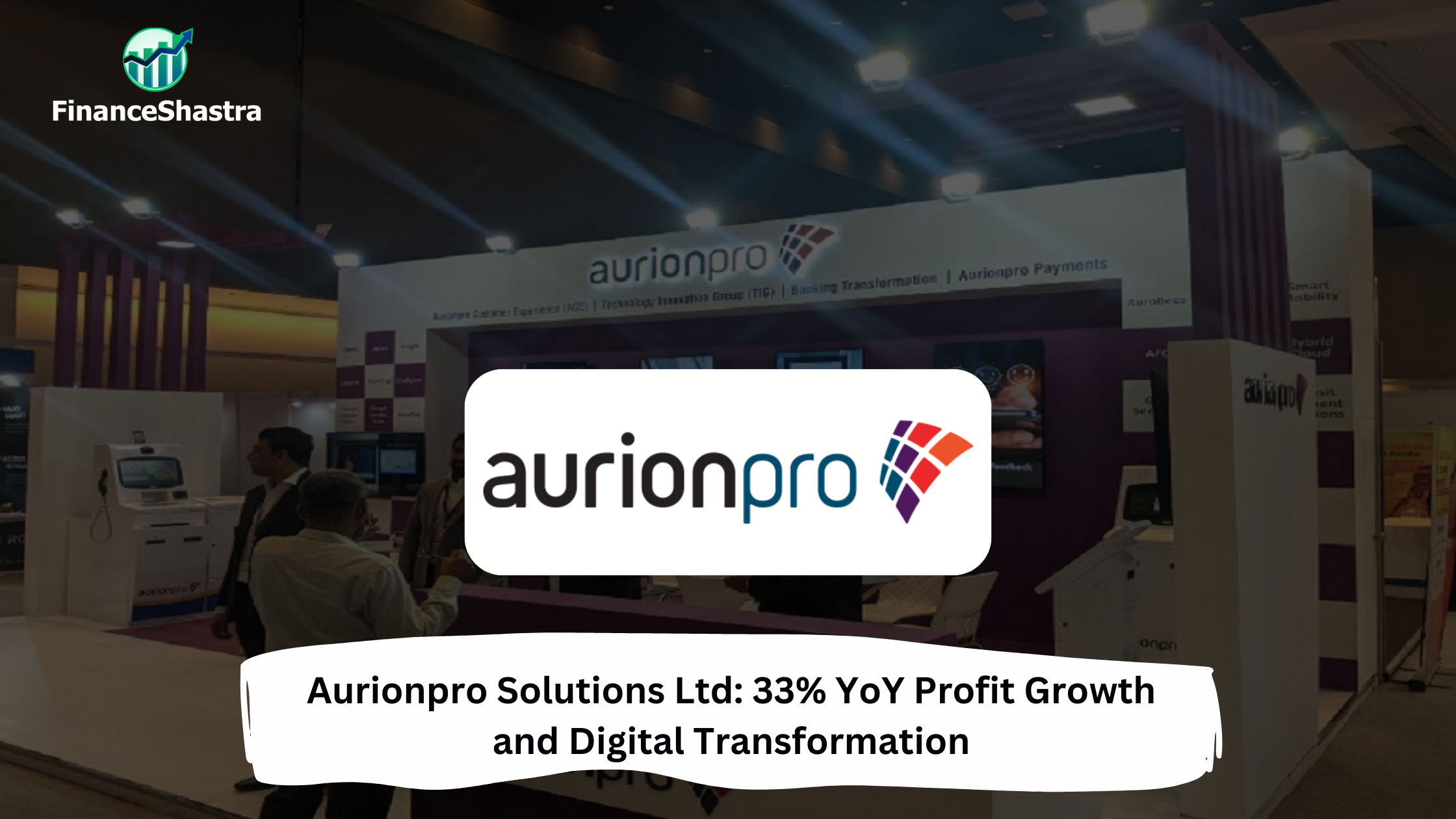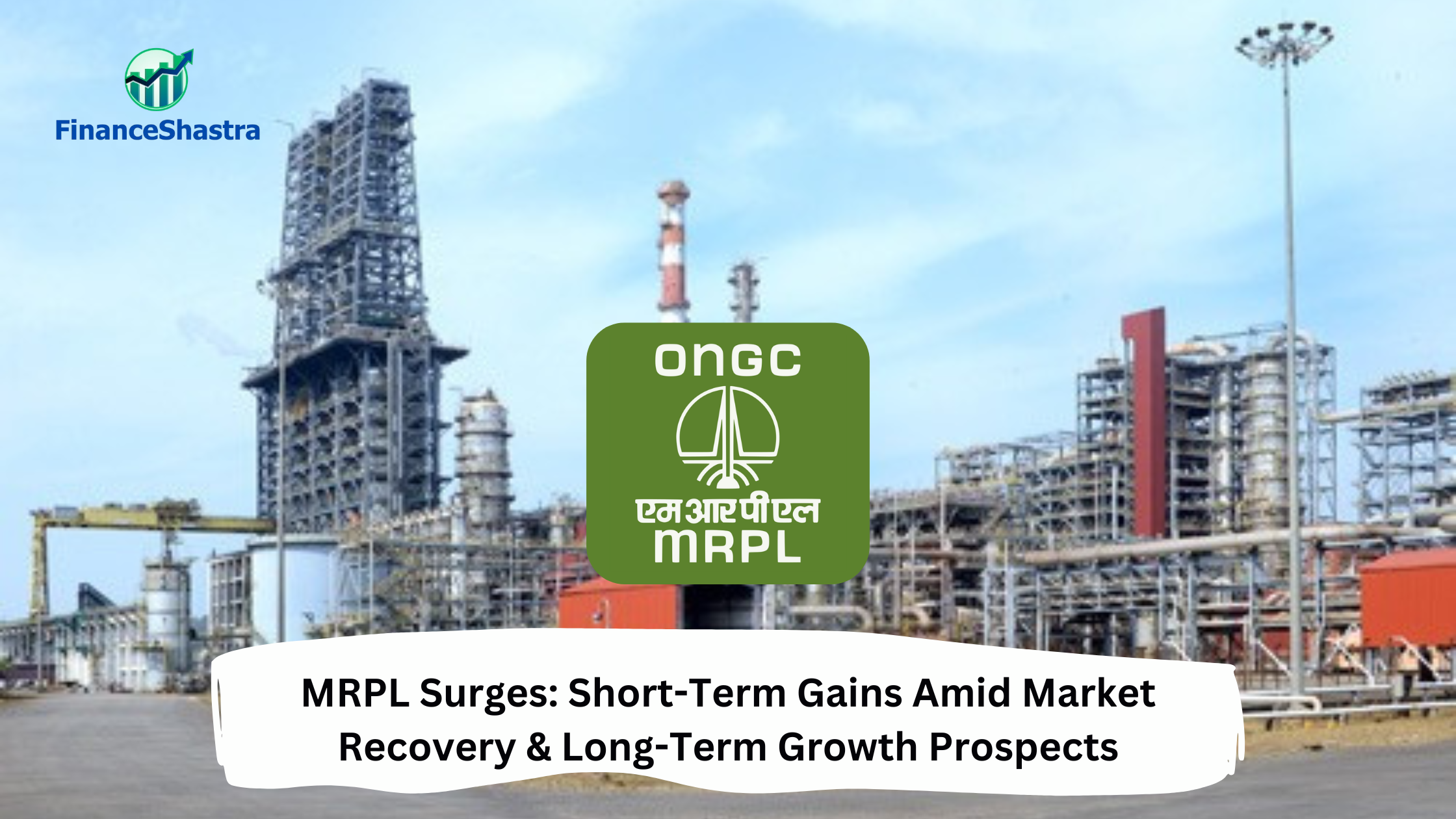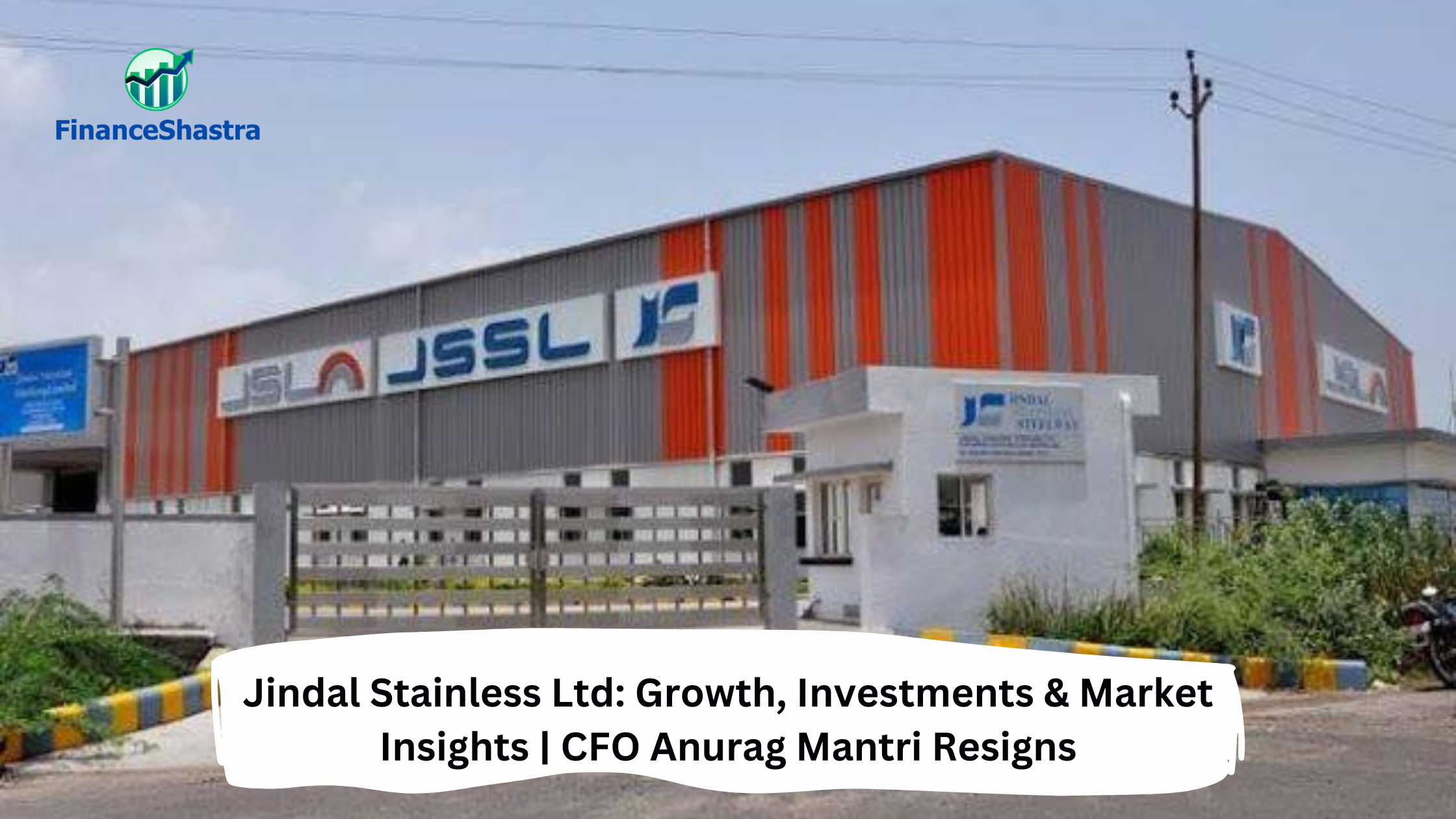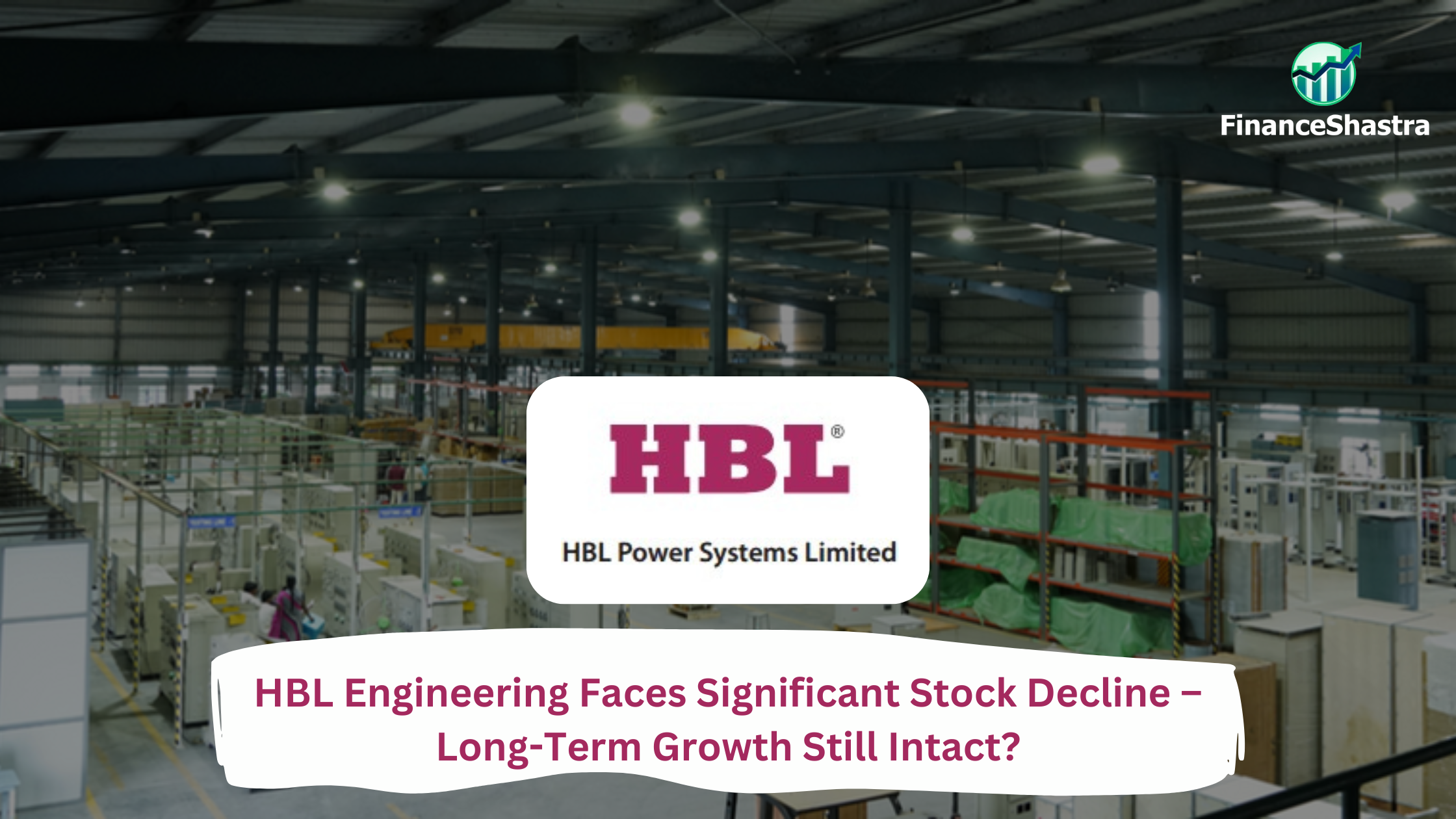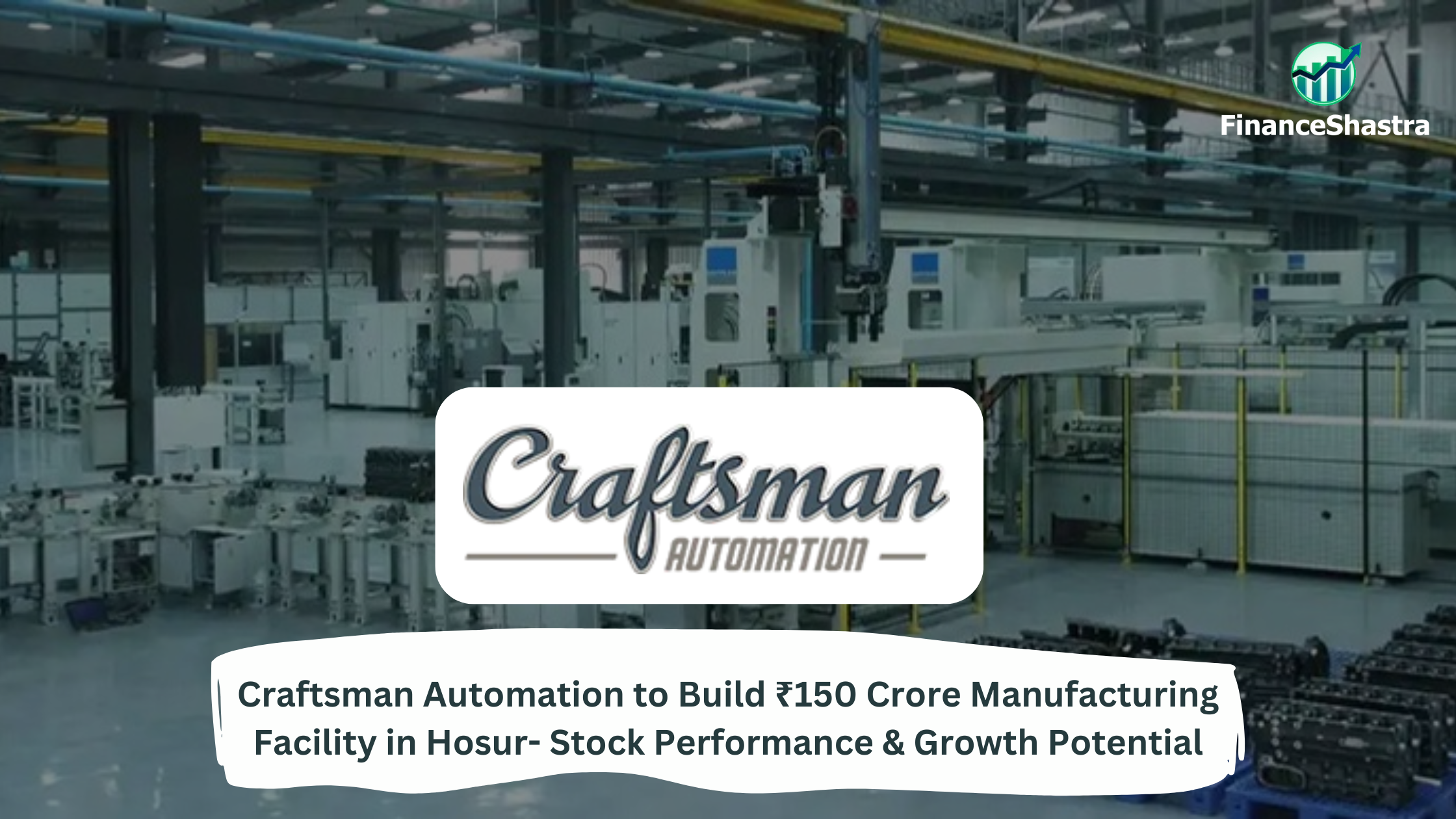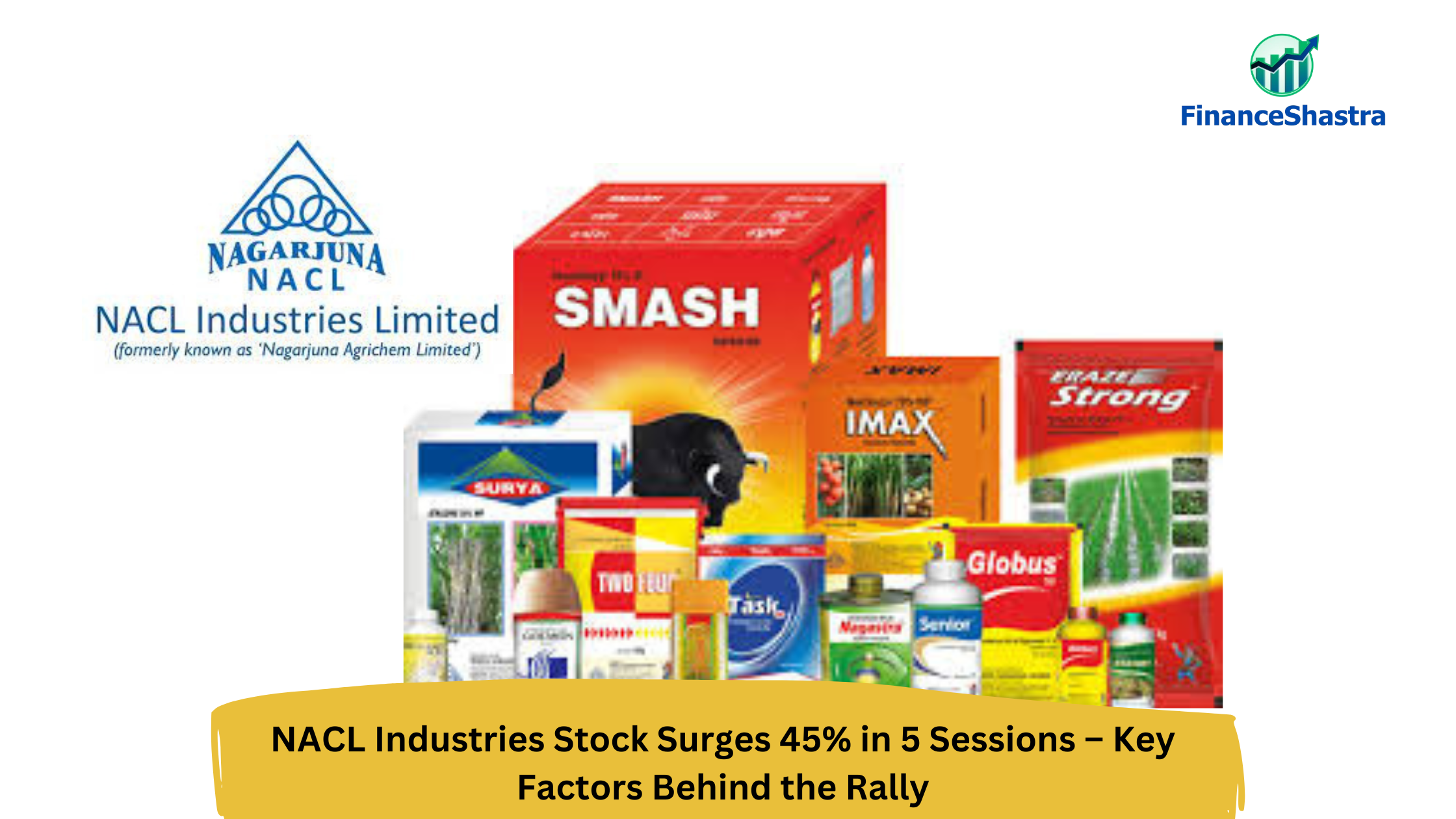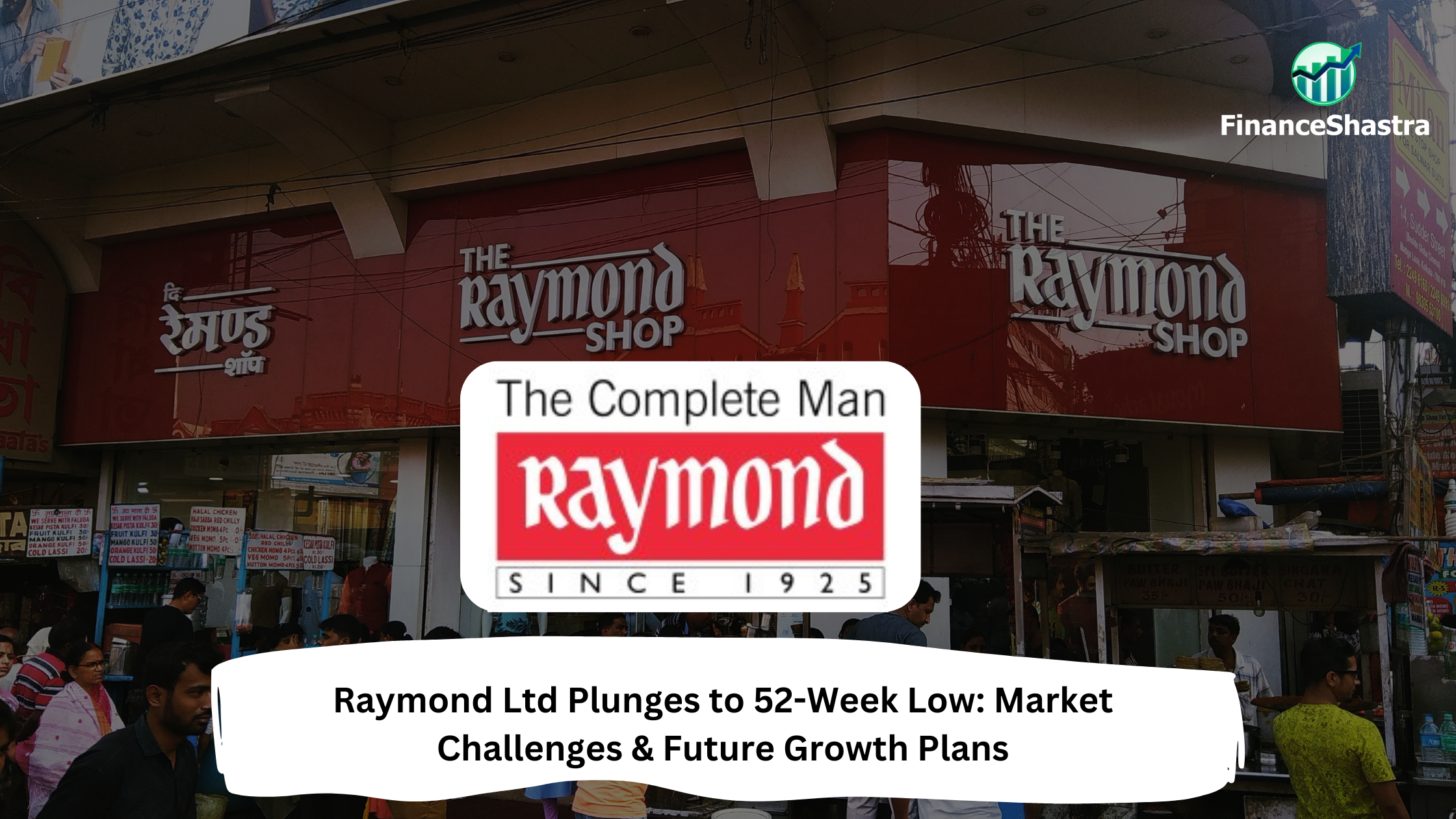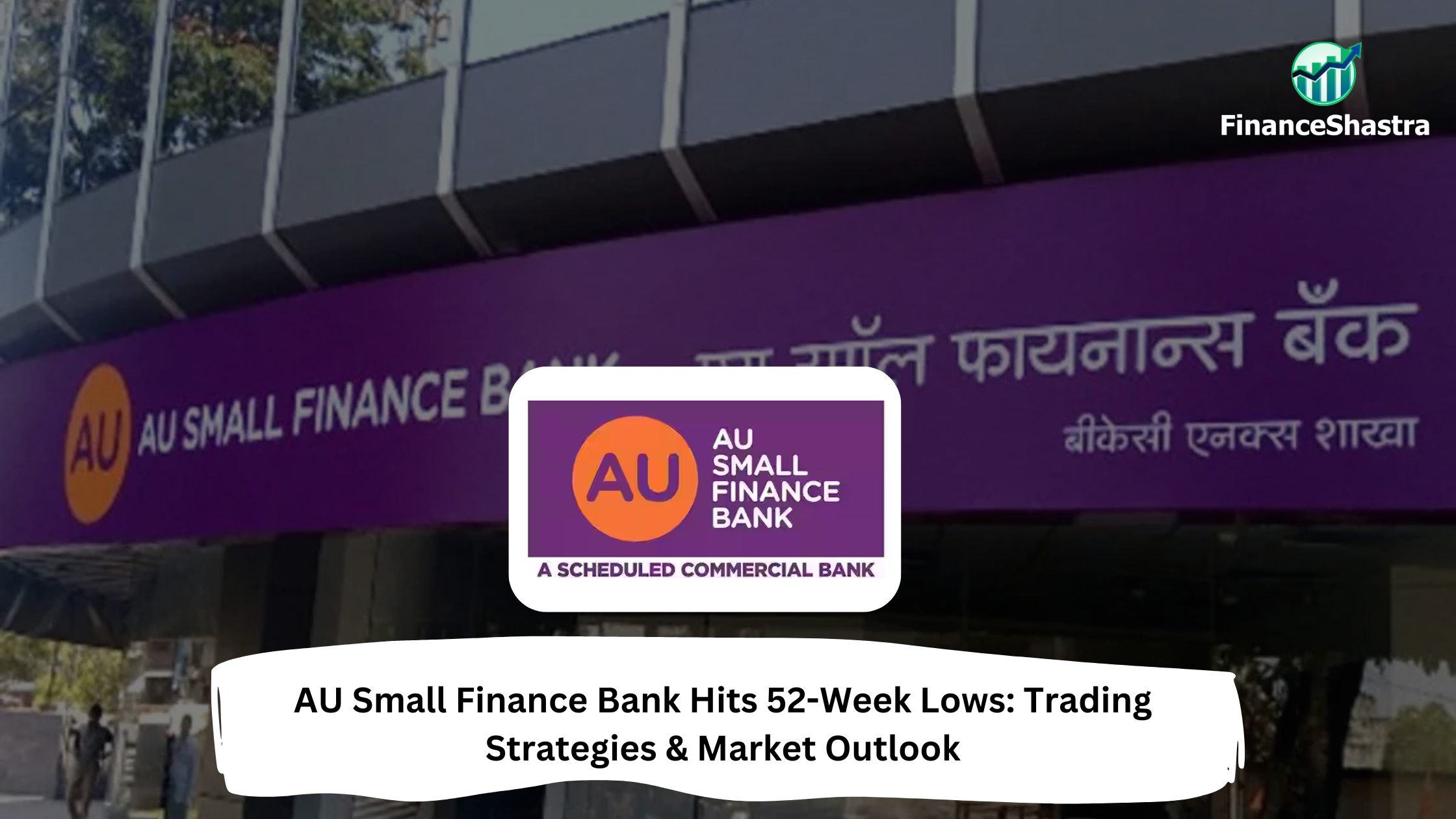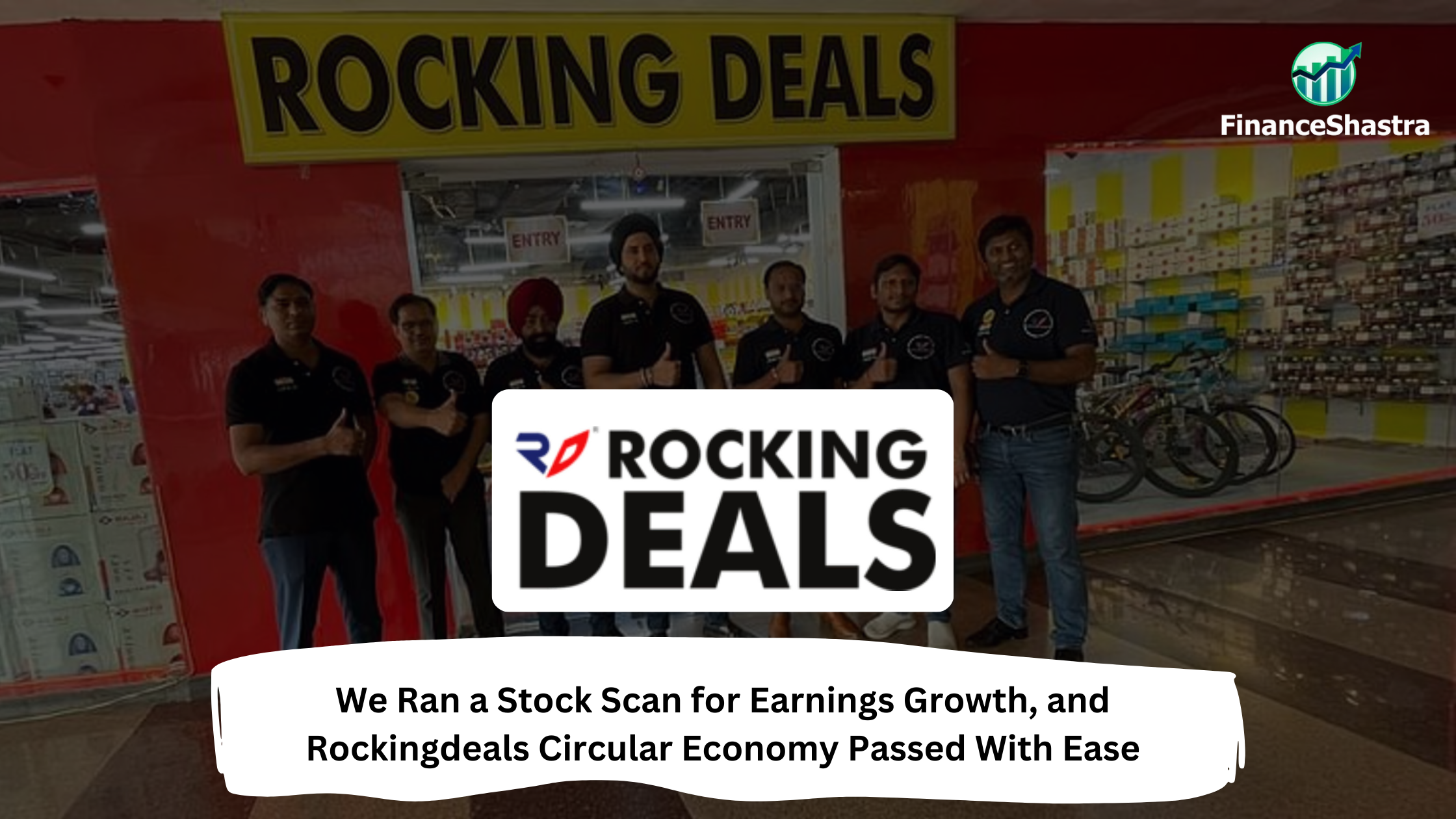Aurionpro Solutions Ltd: 33% YoY Profit Growth and Digital Transformation
Business and Industry Overview:
Aurionpro Solutions Ltd is a technology company based in Navi Mumbai, India. It helps businesses by providing digital tools to make their work easier and more efficient. The company mainly works with banks, payment systems, transportation, logistics, and government sectors. Aurionpro uses modern technologies like artificial intelligence (AI), machine learning, and blockchain to help businesses stay secure and grow faster. They provide a platform that businesses can use to improve their operations, making things smoother and quicker. It was founded in 1997. At first, it was called something different but changed its name to Aurionpro Solutions later. Now, the company has 24 offices in 22 countries and more than 2,000 employees. It is listed on the Bombay Stock Exchange (BSE) and the National Stock Exchange (NSE) in India. Its market value is more than Rs 7 billion. The company is led by Paresh Zaveri, who is the Chairman and Managing Director. Ashish Rai became the Vice Chairman and President in 2022, and other leaders manage different parts of the business, such as banking and technology.
Aurionpro has grown over the years by buying other companies and forming partnerships. In 2020, it bought a majority stake in SC Soft, a company that creates software for transportation fare collection. It also owns Integro Technologies, a company focused on credit lending. The company has partnered with different state governments to help improve their digital systems. For example, it launched a payment platform called ‘AuropayBiz’ with Stripe and FIS Worldpay. Aurionpro also worked with the Government of Rajasthan and Haryana Roadways to make transportation ticketing systems better. It has been recognized for being a great place to work. It was named a Great Place to Work for two years in a row. The company also won the India Technology Excellence Award for its work in digital technology. Today, Aurionpro continues to help businesses all over the world improve their digital systems and keep up with the fast-changing digital world.
India now has over 692 million people using the internet. This makes India one of the largest internet users in the world. Because of this, businesses can grow faster, and people can do more things online. The government is also using new technologies, like artificial intelligence (AI), to help businesses make better decisions. AI can help businesses work faster and smarter. Another new technology being used is blockchain, which keeps transactions secure and helps businesses avoid problems like fraud. Even though big cities are seeing the most change, the government is working to help small towns and villages too. There are Common Service Centers (CSCs) in rural areas. These centers allow people to access government services like banking and education using the internet. The government also created an app called UMANG, which lets people use over 1,000 government services directly on their smartphones. They can pay bills, file taxes, and even make doctor appointments through this app. Startups, or small businesses, are also helping India’s digitaltransformatione. They are using technology to solve everyday problems. The government is supporting these businesses with funding and advice to help them grow. In short, Digital India is making life easier by improving internet access, offering government services online, and helping people learn new skills. It’s helping India become more modern and connected, making it easier for everyone to use technology in their daily lives.
Aurionpro Solutions is a company that helps businesses use technology to work better. They focus on areas like banking, transport, logistics, and government. They use tools like cloud computing, artificial intelligence, and machine learning to help businesses become faster, safer, and more efficient. For businesses that want to accept payments online, Aurionpro has a product called AuropayBiz. This tool makes it easy and safe for small businesses to get payments from customers using digital methods. They also work with big payment companies like Stripe Payments and FIS Worldpay to help businesses accept payments more easily. Aurionpro also works in transportation. Their SC Soft division creates smart ticketing systems for things like buses, trains, and subways. This makes it simple for people to buy tickets using their phones or credit cards. They even partner with MasterCard to make payment systems better for passengers. Their Integro Technologies division helps banks with lending services. They provide tools to banks so they can offer loans and credit more efficiently to customers.
Aurionpro has more than 2000 employees and works in 22 countries. They are known for helping businesses improve by using digital tools. They keep growing by helping businesses in many industries become smarter and offer better services to their customers. It is a company that helps businesses improve by using technology. They mainly work with banks, financial services, and the transit industry. The company is focusing on growing in new regions. In Europe, they want to become a bigger player in the next year. In the United States, they plan to grow faster and take a larger share of the market.
Latest Stock News:
Aurionpro Solutions is a company that provides technology to banks, helping them improve their services. The company has been doing well financially, with its earnings going up by 32%. In the third quarter, their revenue grew by 33% compared to last year and 10% compared to the last quarter. They have also secured new contracts in Southeast Asia and the Middle East, and recently bought a company in Europe that works with capital markets. On March 21, 2025, however, the stock price of Aurionpro dropped by around 7%. This happened after the stock had been going up for the past few days. Despite this drop, the stock has done better than the Sensex (a market index) over the past week. But, over the last three months, the stock has been going down, showing some ups and downs. Overall, while the company is growing and getting new business, the stock price has been unstable. Investors need to pay attention to how the stock behaves before deciding to buy or sell.
Potentials:
The company aims to increase its revenue by 30-35% in the fiscal year 2025. They also want to improve their profit margins, targeting an EBITDA margin of 20-22% and a Profit After Tax (PAT) margin of 15-16%. Aurionpro’s banking business has grown by more than 50% and now makes up 55% of its total income. They have secured new projects in countries like Saudi Arabia, in regions such as the Middle East and Southeast Asia. In the transit sector, they are growing their services in the U.S. and have expanded to Central and Latin America. Aurionpro also bought Fenixys, a consulting firm that works with banks in Europe and the Middle East. This will help Aurionpro grow in these areas by using Fenixys’ experience and their connections with important banks. In short, Aurionpro is expanding into new markets, aiming for higher revenues and profits, and continuing to grow in banking and transit. The acquisition of Fenixys will help them become stronger in Europe and the Middle East.
Aurionpro Solutions Ltd is doing well, especially in the banking and fintech business. This part of the company makes up most of its income. In the first half of FY25, the company’s revenue grew by 51% compared to last year, which shows good growth. The company’s profit margins have stayed stable, around 21-22%. This means they are good at controlling costs and running their business smoothly.
The company is also expanding into new markets, like Saudi Arabia and the Americas, and is launching new products. This will help the company grow even more. The company has strong profits compared to what it invests, with return on equity at 19.7% and return on capital employed at 22.3%. It also has very little debt and good cash flow, making it financially strong.
Analyst Insights:
- Market capitalisation: ₹ 7,825 Cr.
- Current Price:₹ 1,417
- 52-Week High/Low: ₹ 1,992 / 980
- Stock P/E: 44.9
- Dividend Yield:0.18%
- Return on Capital Employed (ROCE): 22.3%
- Return on Equity: 19.7%
The stock price has gone up by 43% in the last year. Sales have also grown by 31% in the past year. However, the company’s stock price is a bit high compared to others in the same industry, which may make it seem expensive. The dividend they pay to shareholders is low at just 0.18%. Also, the promoters (owners) of the company have slightly reduced their stake, which some people may find worrying. Despite these concerns, the company is doing well and is growing, making it a good option for long-term investment, especially if you are looking at fintech and banking.

